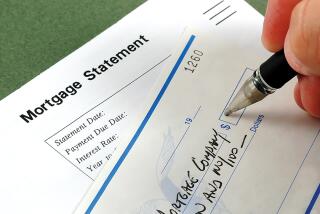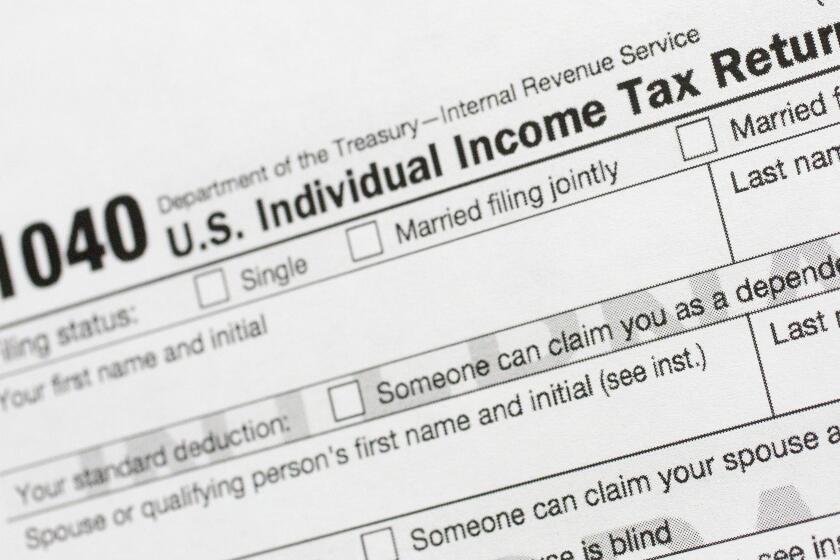Home price gains drive drop in underwater mortgages
New data show the number of underwater borrowers in the U.S. is continuing to decline as home prices improve, meaning one of the most stubborn roadblocks to the housing market’s recovery is slowly lifting.
The Santa Ana research firm CoreLogic estimates that the number of homeowners in the U.S. who owed more on their homes than those properties are worth totaled 10.8 million American households, or about 22.3% of all homes with mortgages, at the end of the second quarter. That was an improvement from the first quarter, when there were about 11.4 million underwater homes, amounting to about 23.7% of all mortgaged homes.
Negative equity fell to $689 billion from $691 billion over that same period, a $2-billion drop driven largely by rising home prices. The firm found that the vast majority of borrowers with negative equity, about 84.9%, continued to pay their mortgages.
Through the first six months of the year about 1.3 million households had gone from a position of negative equity to positive equity, the firm reported Wednesday.
“The large rise in prices is translating into large declines in negative equity and that is very important because equity is the biggest portion of a homeowner’s wealth,” CoreLogic economist Sam Khater said in an interview. “There is a material increase in equity, really the first since the collapse in the housing market, and that is a very good sign.”
Another positive finding: CoreLogic estimated that about 1.8 million underwater borrowers had homes that were worth only about 5% less than the debt owed on those properties, meaning they could get out from under their homes in about a year’s time if home prices keep improving.
Borrowers with negative equity are at higher risk of default. The still large number of underwater homeowners also constrains the buying and selling of homes, as many families who bought during the boom years remain stuck in properties they can’t sell.
The housing market may be showing signs of improvement, but a strong recovery is probably unlikely, Khater said. Although prices may be “snapping back faster than anybody expected,” the gains are being driven by a dearth of properties on the market and historically low interest rates, and not by fundamentals such as robust hiring by the nation’s employers or significant income growth, he said.
Many economists have also noted that the housing recovery is likely to be jagged, as more people who were once underwater put their homes on the market, increasing supply.
The negative equity picture varied widely by state. California had about 1.9 million households underwater, or about 29% of all borrowers. Nevada had the biggest percentage of underwater homes, at 59%, followed by Florida, 43%; Arizona, 40%; Georgia, 36%; and Michigan, 33%.
ALSO:
Pending home sales rise in July
Home prices jump in 20 major U.S. cities
Consumer confidence up in August to three-month high, survey says
More to Read
Inside the business of entertainment
The Wide Shot brings you news, analysis and insights on everything from streaming wars to production — and what it all means for the future.
You may occasionally receive promotional content from the Los Angeles Times.










